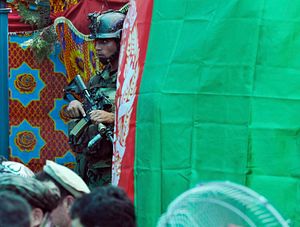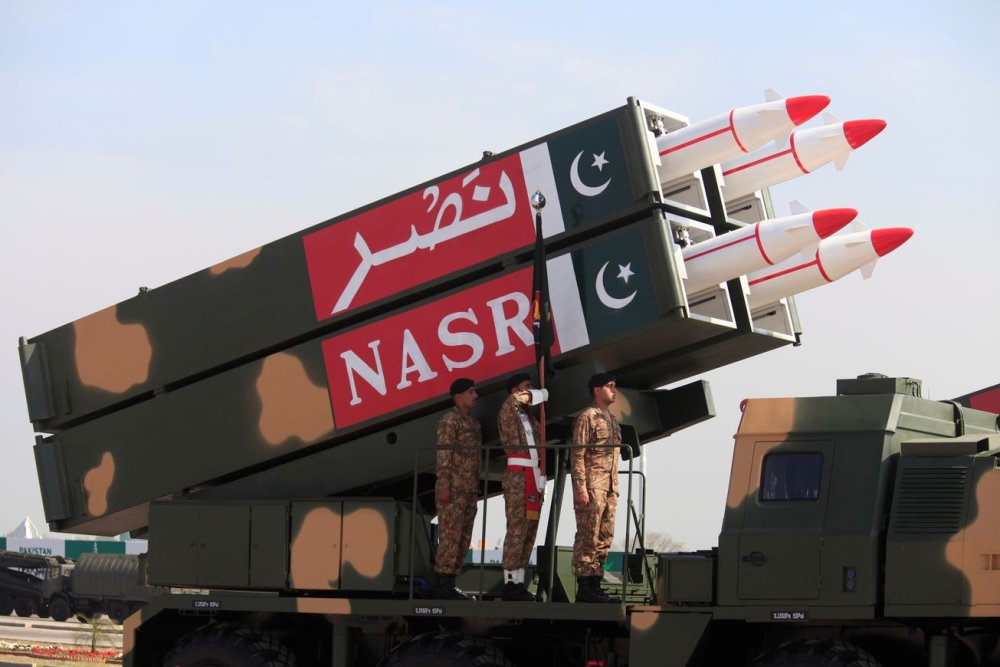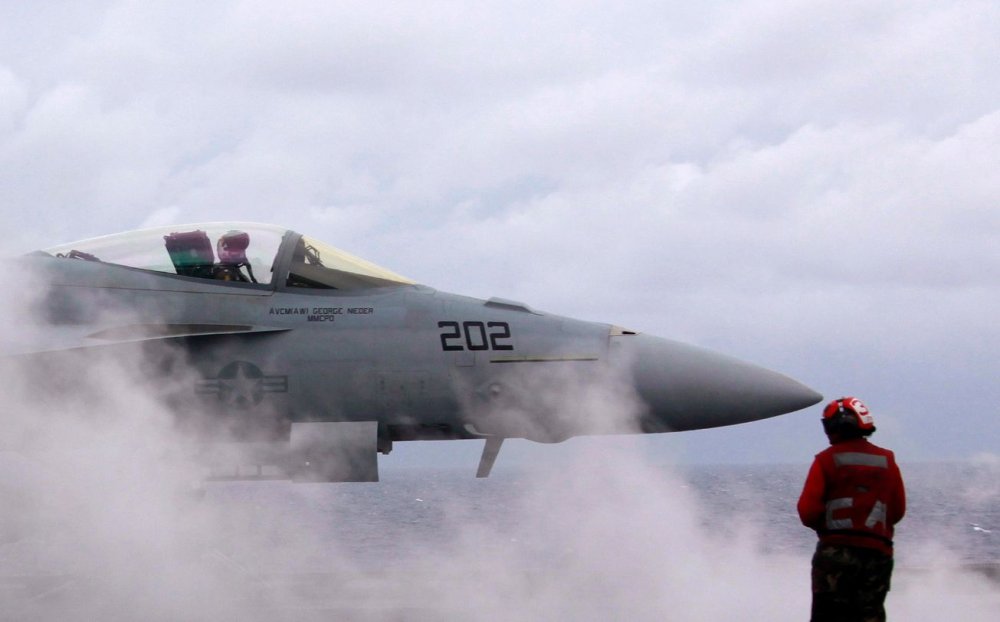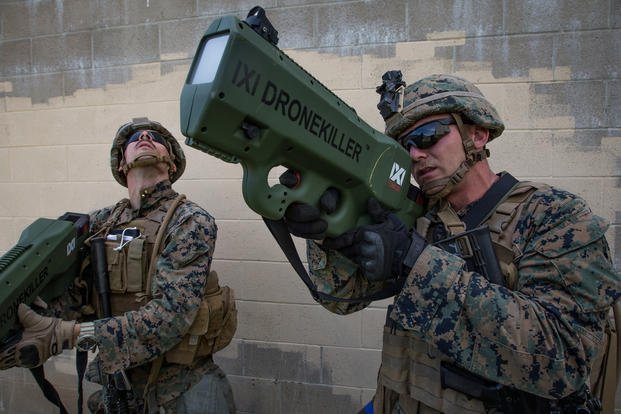By Mushtaq Rahim
 William Zartman, the renowned scholar of conflict and peace studies, says that parties to a conflict agree to negotiate when they are faced with a mutually hurting stalemate. The Afghan conflict has apparently reached that stage of stalemate where none of the parties seem to be making advances in regard to deciding the situation in their favor. Therefore, the parties — namely the United States, the Afghan government, and the Taliban have been willing to engage in dialogue to explore a viable solution to the nearly two-decade long conflict. The search for peace and reconciliation gained impetus when Zalmay Khalilzad was appointed as the United States’ special representative for the Afghan peace process in September 2018.
William Zartman, the renowned scholar of conflict and peace studies, says that parties to a conflict agree to negotiate when they are faced with a mutually hurting stalemate. The Afghan conflict has apparently reached that stage of stalemate where none of the parties seem to be making advances in regard to deciding the situation in their favor. Therefore, the parties — namely the United States, the Afghan government, and the Taliban have been willing to engage in dialogue to explore a viable solution to the nearly two-decade long conflict. The search for peace and reconciliation gained impetus when Zalmay Khalilzad was appointed as the United States’ special representative for the Afghan peace process in September 2018.
While the Afghan conflict has reached, to use Zartman’s word, “ripeness” and is ready for political dialogue over a settlement, the process has been facing many consistent roadblocks. This has halted the desired progress, causing a lot of anxiety among the stakeholders. The roller-coaster peace process has serious flaws, and without correcting those issues it will be nearly impossible to conclude negotiations successfully.











/arc-anglerfish-arc2-prod-mco.s3.amazonaws.com/public/D7XDK2HA3ZBHNBXXS7W6YAIHOE.jpg)


